Text

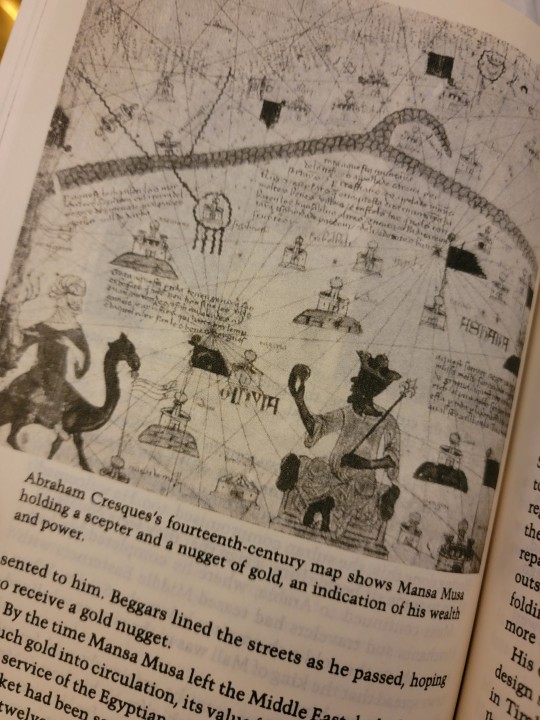




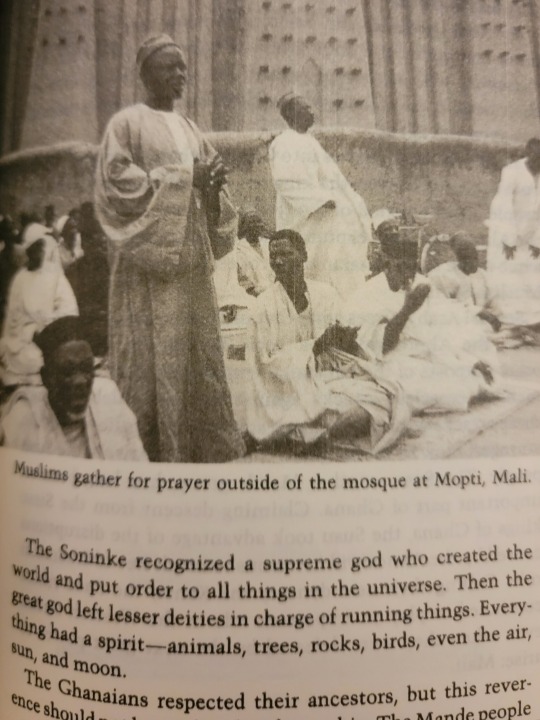



A sun that never sleeps
#sahelcore#mali#senegal#sahel#bambara#burkina faso#wolof#sahel aesthetic#soninke#gnawa#sahelian people#gassire#old ghana#wagadu#gnawa men#Spotify
0 notes
Text
The magical sounds of the Sahel-- this is mbalax, the popular music of Senegal. It is characterized by quick talking drum beats in the background overlayed by poetic, wailing vocals and melodious lute
#mbalax#senegal#senegalese music#fatou guewel#mbalax senegalaise#similar to coumba gawlo#street mbalax#Spotify
1 note
·
View note
Text


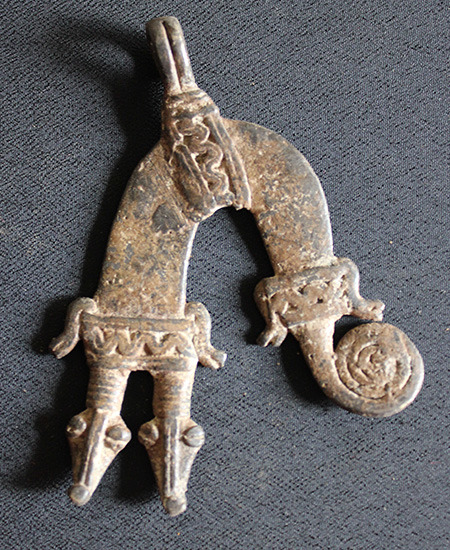







#sahel#sahelcore#mali#burkina faso#bambara#soninke#wolof#dogon#dogon door#Lobi#sahel aesthetic#senegal#fulbe#boubou#coiffure#west africa#the western sudan#l'afrique occidentale
55 notes
·
View notes
Photo

Tripoli, Libya. A young man and a young girl from toubou tribes participated in the celebration of the National Day of Toubou in Tripoli.
111 notes
·
View notes
Text

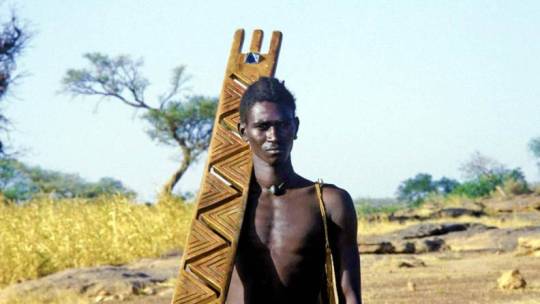



Some of the most memorable scenes from the 1987 Malian film Yeelen by Souleymane Cissé.
Yeelen means "brightness/light" in Bambara.
Set in the 13th century, the film tells the legend of Niankoro, the son of the sorceror Soma, and ultimately their fateful confrontation.
Soma, upon seeing a vision in which his son will be the death of him, deigns to slay his son. Niankoro leaves his mother and receives a prophecy from a hyena-man, then embarks on a mystical quest to defeat his father, who is tracking him via Kore magic post through Bambara, Fula and Dogon lands.
After impressing a Fula king with his magic, and helping his men win a war against some rivals, Niankoro receives his wife Attou (after "curing" "her" infertility and the 2 laying together).
The young couple journeys across the arid sun-scorched landscape into the peaceful escarpment where Niankoro's uncle dwells. The junior shaman receives his magic Kore's Wing (wooden sorceror's implement) from his uncle (Soma's benevolent twin), to evade capture, track his father, and ensure the fulfillment of the noble prophecy of he and Attou's descendents.
#sahelcore#mali#malian film#souleyman cisse#souleyman cissé#bambara legends#yeelen#yeelen film#niankoro#kore's wing#komo society#dogon#fula#the sahel#west african legends#african fantasy film#80s movies#sahelian film
11 notes
·
View notes
Photo

Woman standing in the doorway of a traditionally decored Hausa house. Zinder, Niger ©Michel Renaudeau
217 notes
·
View notes
Photo

Sudano sahelian architecture Segou, Mali
📷 @visualsbyponzio
.
.
.
#africa #mali #segou #africanarchitecture #architecture #checkoutafrica
https://www.instagram.com/p/CWqYiBfsDsy/?utm_medium=tumblr
18 notes
·
View notes
Text


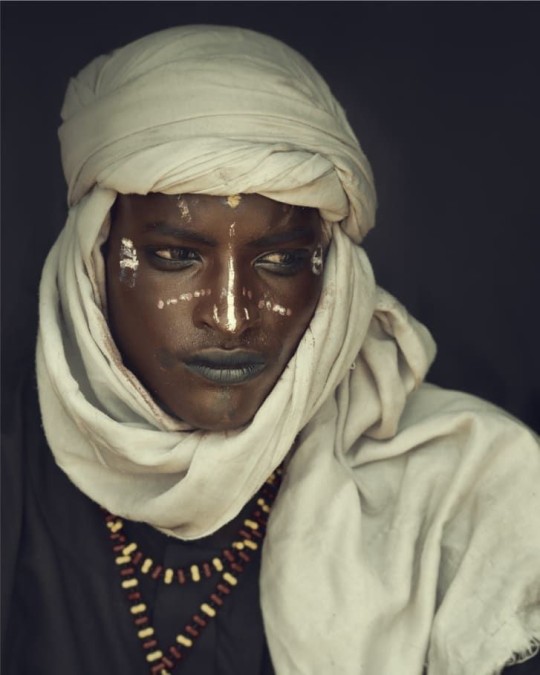



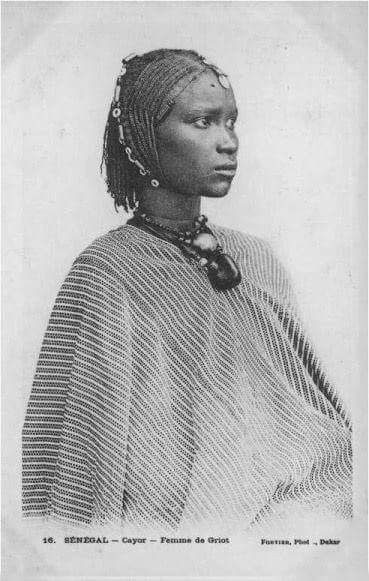

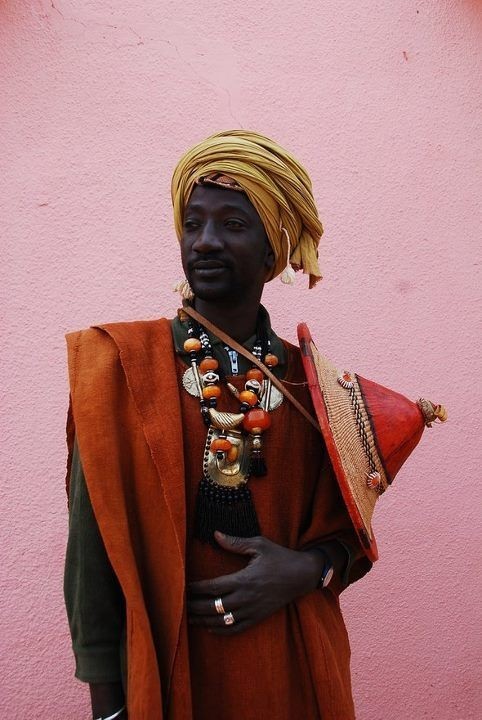

#sahelcore#sahel#west africa#l'afrique occidentale#the western sudan#sahelians#hausa#wodaabe#fulbe#wolof#bambara#tukulor#serer#dyola
14 notes
·
View notes
Text
Bogolan, also known as "mudcloth", is cotton Malian cloth dyed and patterned with fermented earth based dyes. It is created by the Bambara people of Mali, who make up 40% of the total population.
Bogolanfini adds a sahelcore flair to any outfit in the form of headwraps, scarves, skirts, pants or boubou (kaftan).

It may be the most emblematic Sahelian textile apart from indigo tie-dye.
A town called San is the epicenter of bogolanfini production and source of the highest quality bogolan textile.



The dyeing process has been described as "cumbersome and tedious". First, cotton strips woven by the men are then dyed by the women (who undergo year-long apprenticeships)-- but first, the fresh cloth is soaked in a sort of tea made from ngallama leaves turning it yellow. After this, it is sundried, and then patterns are repeatedly hand painted with dyes made from iron-rich riverbed clays that have been fermented in jars for up to a year. The iron in the dye turns the painted areas a very dark brown thanks to the chemical reaction between the treated cotton and the dye.
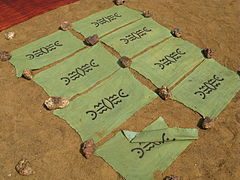
The yellow parts are bleached with soaps and then the cloth is washed, leaving behind the distinctive black and white pattern that overtime may fade to varying shades of brown.
Other methods of producing bogolanfini exist in other parts of Mali, of varying degrees of quality.


Bogolanfini entered the fashion industry via designer Chris Seydou, who brought the enigmatic traditional textile into the mainstream.
Bogolanfini was traditionally worn by hunters as camouflage, and by women after giving birth, as it was believed that the bogolanfini could control the mysterious forces released postpartum.
#sahelcore#sahel#mali#burkina faso#bogolan#bogolanfini#bambara#sahelian textile#west african textiles#bamana kingdom#bamana#malian textile#mudcloth#west african textile
3 notes
·
View notes
Text
#Sahelcore then and now
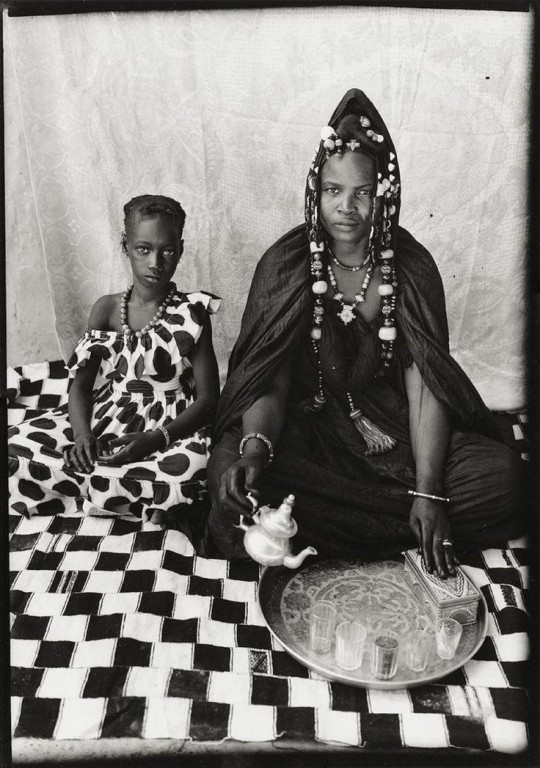
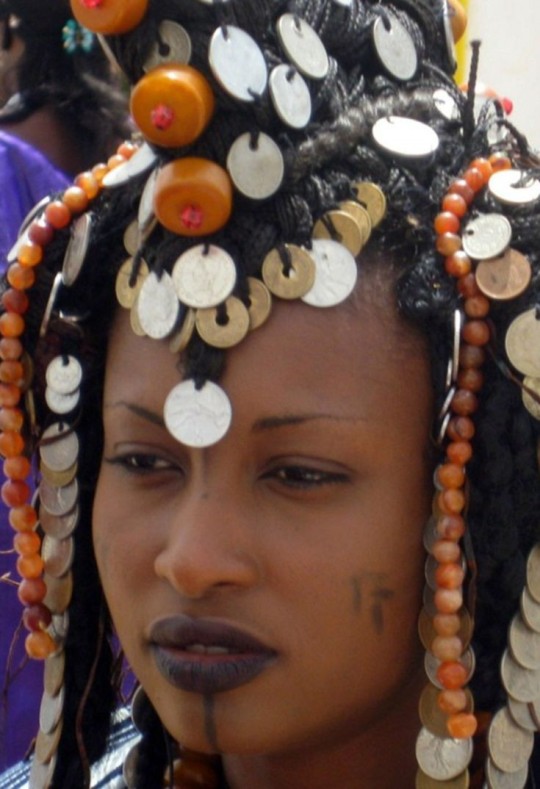
What is the secret of the Sahel?

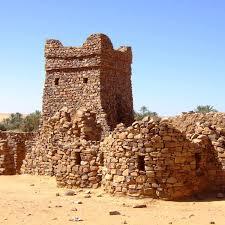

(Ruins of Tichitt)
7 notes
·
View notes
Text
Peak Sahelian music
1 note
·
View note
Text
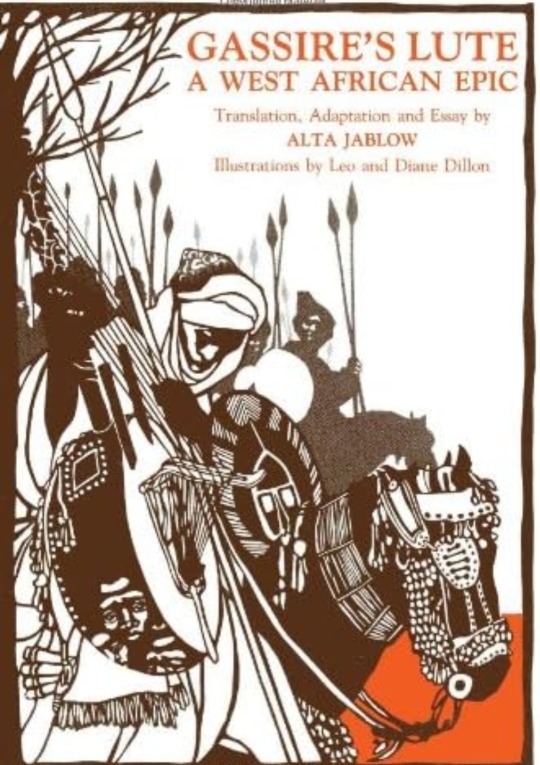
This orature legend of the birth of the Soninke bardic art chronicles the fall of Wagadou, the Soninke/Mande empire more popularly known as Ghana (not present day Ghana the country, which is named after this historical Mauritanian-Senegalese-Malian region empire).

Follow Gassire the warrior prince, who turns away from nobility to become his people's first diari (griot: bard).
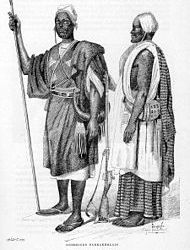
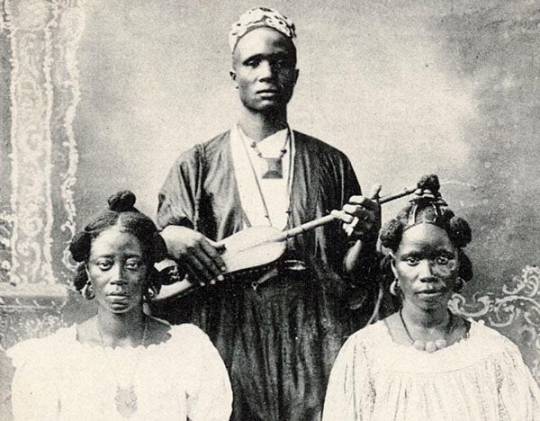
Here is a song named for the Soninke
https://open.spotify.com/track/55YdtD6BbmJ7NsDW4Z1Dpo?si=2Ogi-U2QQkuHoSZef_-PXw
Wagadou rose between the 1st-3rd century and fell in the 13th century, after being conquered by Sosso and submitting to the later Malian empire. Wagadou was preceded by Dhar Tichitt (1600 BC) and Djenne-Djenno, the ruins of which can be seen today. It was followed by Mali and Songhay, 2 of the most powerful kingdoms in the old Sahel.
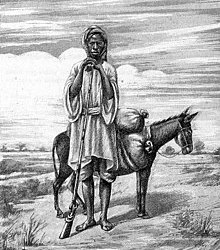
Ghana means "warrior chief," and Wagadou (the Soninke name) could be named for the Wague (name for the nobility of the region) or named after the Soninke goddess. Legend says that when the 2 sons of the Kaya Maghan (king of gold, 800 Dinga Cisse, princes Khine and Dyabe fought over who should take the throne. Khine was victorious, continuing the Cisse Tounkara dynasty. However, Dyabe in humiliation, made a deal with the seven headed snake Bida, who promised victory over his brother in exchange for sacrificing a beautiful virgin every year. It was believed that the prosperity and gold that granted that prosperity was a result of these sacrifices, and so they continued until the brave fiance Maadi of the beauty Sia Yatabere was the first to rebel, slaying the snake and cutting its heads. Bida cursed Wagadu to drought and ruin, and sure enough, Wagadou fell, and the Soninke had to migrate southwards to find fertile land.
The now rare film Sia, Le Réve du Python, is based on this legend.


The capital of Ghana/Wagadou is believed to be Koumbi-Saleh. Here is an ambient instrumental piece paying homage to this ancient city:
https://open.spotify.com/track/4SRL7gOHRxrSb4TyvrBnvq?si=sNF5NePgQYqGOIsCbsdSCg
Vintage video of Soninke girls singing and flute player
https://youtu.be/bQm2aIVHakw?si=Rf3oYrcOsGnEAXTS
Soninke traditional drum dance
https://youtu.be/8FmiE_kdda0?si=7PQPVdYE0gNAJ4et
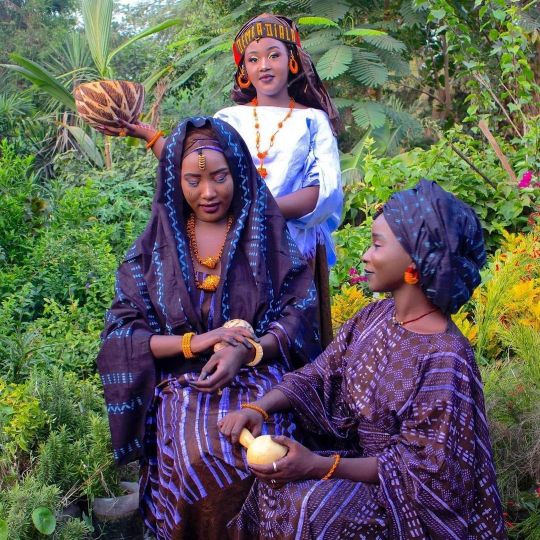
#sahel#sahelian history#soninke#wagadou#ouagadou#ghana empire#kaya maghan#sahelcore#bida#seven headed snake#wagadu#legend of wagadu#sia yatabere#sia dream of the python#dinga cisse#sahelian music#sahel aesthetic#gassire's lute#alta jablow#griots
4 notes
·
View notes
Photo

Two Hausa [mallams] Priests Rd Calabar C.R.N.M.
Manuel Menendez, 1890s, Calabar, Niger Coast Protectorate
396 notes
·
View notes
Text
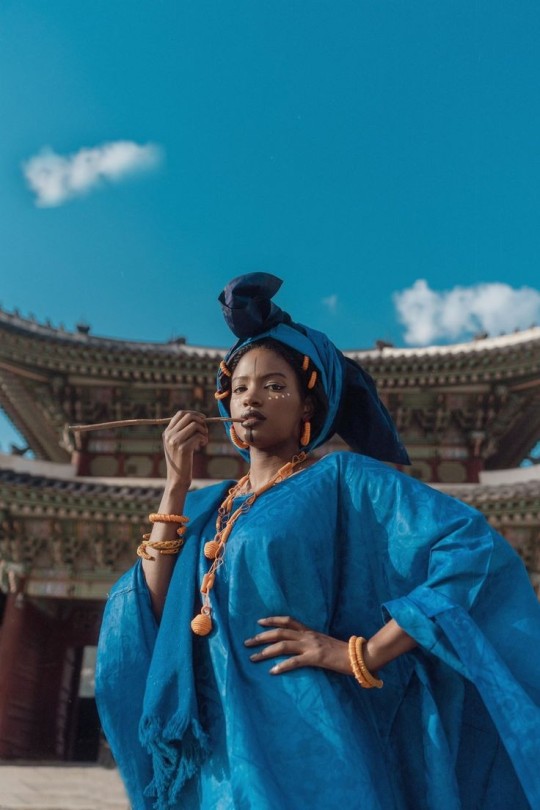


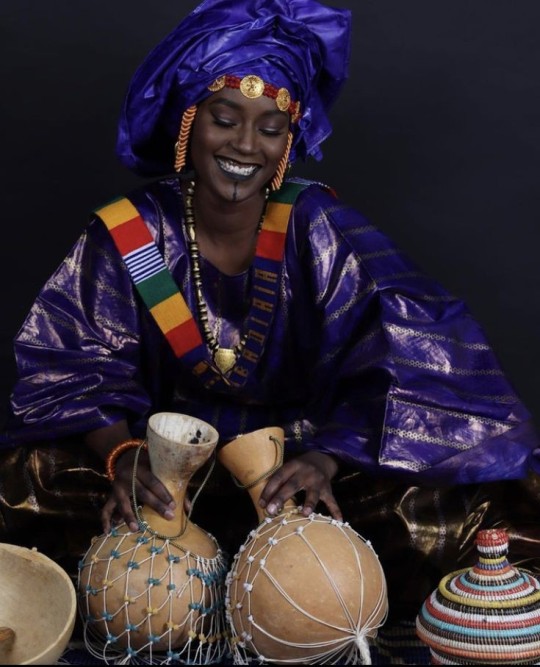
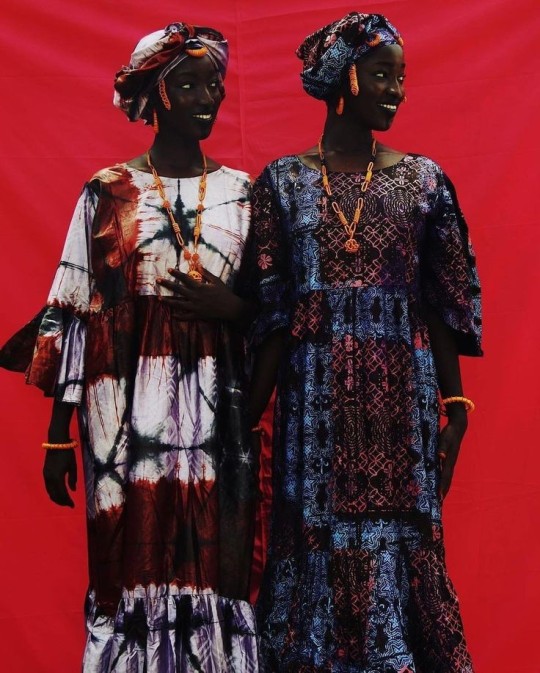

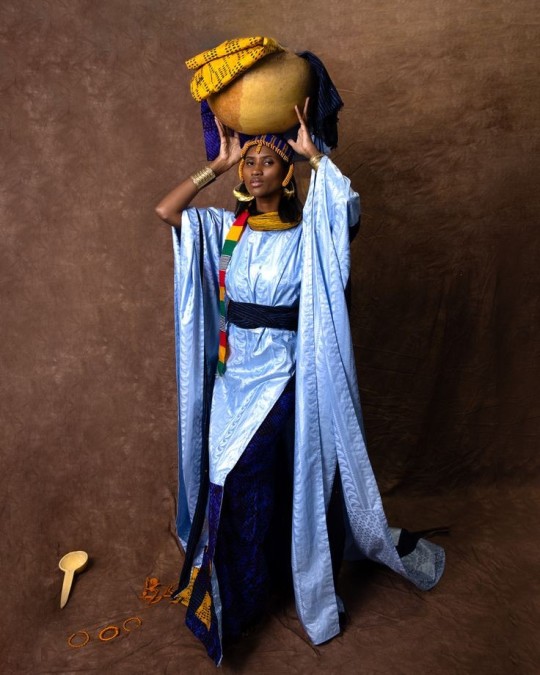



Soninke
#soninke#soninke women#sahelcore#sahel#traditional african clothing#mboubou#boubou#mbub#senegal#mali#wolof#african beauty
17 notes
·
View notes
Text
A short ethnography of the Mossi people, whose Mossi kingdoms thrived in pre-colonial times (linked below).
Their origin begins 40+ generations ago with warrior princess Nyennega, who, unable to be married off by her father King Naba Nedega, fled on her horse to the north where she married a local Bisa man and bore a son, Ouegraogo (name meaning "stallion"). This son was sent back to King Naba Nedega to be raised by him.
When he grew up, he took a cavalry back to the north to conquer the Bisa. The unions between the Bisa and Ouedraogo's men produced the Mossi people.
A statue of princess Nyennega stands today, and various figurines commemorating her sojourn to what would later become the site of the first Mossi kingdom.



All about the Mossi
#sahel#african history#african oral history#burkina faso#princess nyennega#the mossi kingdom#mossi history#warrior princess
3 notes
·
View notes
